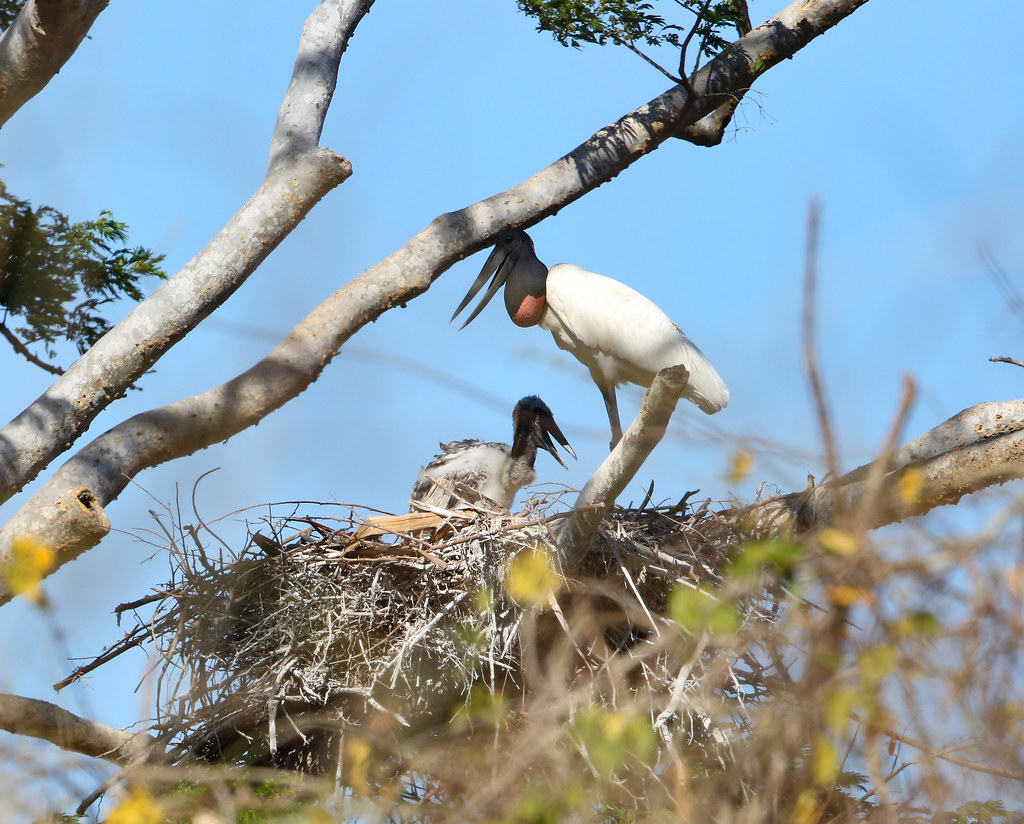An International Lesson from Jug Bay

Jug Bay Wetlands Sanctuary agrees to exchange information, practices with Costa Rica parks
By Wayne Bierbaum
A Costa Rica park system is learning how best to manage its ecological resources by taking lessons from Anne Arundel County parks, such as Jug Bay Wetlands Sanctuary.
Monday, Sept. 12, representatives from the Arenal Tempisque Conservation Area (ACAT) in northwestern Costa Rica joined Anne Arundel County Parks and Recreation Director Jessica Leys and Jug Bay Superintendent Patricia Delgado and others to sign an official information exchange agreement with the county department at Quiet Waters Park in Annapolis. Alexander Campos, Celso Murillo, and Priscilla Ramirez all made the long trip from Costa Rica to be present for the signing.
Campos explained the purpose of the agreement during a presentation translated by Delgado, who is a native of Costa Rica. The agreement means that the county parks will share its protocols and practices with the ACAT, which operates much like the county parks do, protecting ecosystems, providing educational and recreational opportunities, facilitating research, encouraging leadership, maintaining/improving facilities and enhancing social/cultural practices and contacts. The agreement recognizes that natural areas face threats from global warming and invasive species.

The exchange program was born after Jug Bay began taking group excursions to a field station in Palo Verde National Park within the ACAT region to highlight similarities between the parks. Guests paid their own way but also contributed time to a stewardship project in the park.
One trip in February 2020, considered the dry season, highlighted how the park manages invasive cattail plants with the periodic use of tractors. The machines have extremely wide slotted wheels that smash and cut the plants. Cattle and horses are allowed into the park to eat the shoots and prevent regrowth. Visitors also witnessed the challenges presented by surrounding agricultural areas and encroaching human habitation. Land acquisition and farmland conversion have pushed a huge stork, the jabiru, to the brink of extinction. Their host tree takes 40 years to grow large enough to hold the nesting jabiru and consequently there are many years of offspring lost.

After the agreement was signed, Alison Woodfield, superintendent of Quiet Waters Park, took the guests on a walk through the park, showing off the Caffrey Run Stream project and discussing how partnerships with private groups allowed the project to occur. She pointed out the composting demonstration area to show how education can promote homeowners’ land stewardship. The attendees were also given a tour of the canoe and kayak facility and told how a local company manages the boats and rentals. Woodfield also emphasized how the Friends of Quiet Waters Park provides leadership, money and volunteers that are critical for the park to function.
Jug Bay Wetlands Sanctuary in Lothian protects about 1,700 acres of unique tidal freshwater marshes, forested wetlands, upland and riparian forest, creeks, meadows, pine and sand barrens, and fields along the Patuxent River. This protected land provides a safe haven for a high diversity of plants, insects, mammals, amphibians, reptiles, birds, fish and microbes, and to rich Native American cultural resources. Jug Bay is also part of the Maryland Chesapeake Bay National Estuarine Research Reserve, a research, stewardship, and education program administered jointly by the National Oceanic and Atmospheric Administration and the Maryland’s Department of Natural Resources.
The park hosts frequent public activities. Learn more: https://jugbay.org/
